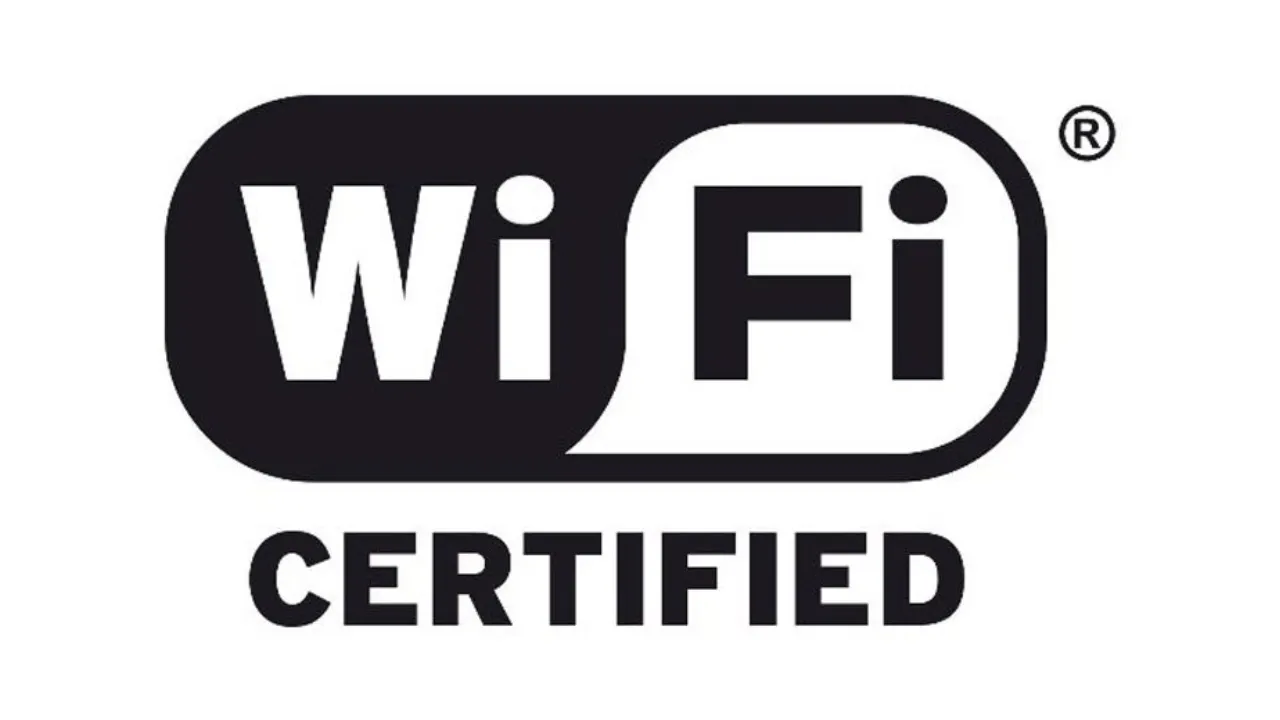If you’re like me, you probably have a love-hate relationship with Wi-Fi. On one hand, it’s amazing that we can connect to the internet wirelessly from almost anywhere. On the other hand, it’s frustrating when the signal is weak, slow, or unreliable. And don’t get me started on the security issues.
Table of Contents
That’s why I was intrigued when I heard about Wi-Fi 7, the next generation of wireless technology that promises to revolutionize the way we access the web. Wi-Fi 7 is expected to be released in 2025, and it claims to offer faster speeds, lower latency, higher capacity, and better security than the current Wi-Fi 6 standard.
But is Wi-Fi 7 really worth the hype? Or is it just another marketing gimmick to sell more devices and routers? In this blog post, I’ll give you the lowdown on what Wi-Fi 7 is, how it works, and what it means for you as a consumer.
What is Wi-Fi 7?
Wi-Fi 7 is the unofficial name for the next version of the IEEE 802.11 standard, which defines how wireless devices communicate with each other. The official name is IEEE 802.11be, but that’s a mouthful, so most people just call it Wi-Fi 7.
Wi-Fi 7 is still in development, but it’s expected to be finalized by 2024 and released by 2025. It will be backward compatible with previous versions of Wi-Fi, so you don’t have to worry about your old devices becoming obsolete.
How does Wi-Fi 7 work?
Wi-Fi 7 works by using several advanced technologies that improve the performance and efficiency of wireless networks. Some of these technologies include:
- Multi-band operation: Wi-Fi 7 can operate on multiple frequency bands simultaneously, such as 2.4 GHz, 5 GHz, and 6 GHz. This allows for more bandwidth and less interference from other devices.
- Multi-user MIMO: Wi-Fi 7 can support up to 16 simultaneous streams of data per device, compared to eight in Wi-Fi 6. This means that more devices can connect to the same network without slowing down the speed or quality of service.
- OFDMA: Wi-Fi 7 can divide each channel into smaller sub-channels, which can be allocated to different devices according to their needs. This reduces latency and increases efficiency by avoiding wasted bandwidth.
- BSS coloring: Wi-Fi 7 can assign different colors to different networks that share the same channel. This helps to reduce interference and improve performance by allowing devices to ignore signals from other networks that are not relevant to them.
- Enhanced security: Wi-Fi 7 will support WPA3, the latest encryption standard for wireless networks. WPA3 provides stronger protection against hacking and unauthorized access by using more complex passwords and encryption keys.
What are the benefits of Wi-Fi 7?
Wi-Fi 7 promises to deliver many benefits for users and businesses alike. Some of these benefits include:
- Faster speeds: Wi-Fi 7 can theoretically reach up to 30 Gbps of data transfer rate, which is about six times faster than Wi-Fi 6 and 60 times faster than Wi-Fi 5. This means that you can download and upload files, stream videos, play games, and browse the web faster than ever before.
- Lower latency: Wi-Fi 7 can reduce the delay between sending and receiving data packets by up to 90%, which is crucial for applications that require real-time responsiveness, such as virtual reality, augmented reality, gaming, and video conferencing.
- Higher capacity: Wi-Fi 7 can support up to four times more devices per network than Wi-Fi 6, which is ideal for crowded environments such as stadiums, airports, malls, and offices. This means that you can enjoy a smooth and consistent wireless experience even when there are many people around you.
- Better security: Wi-Fi 7 can provide more robust protection against cyberattacks and unauthorized access by using WPA3 encryption and authentication. This means that you can surf the web with peace of mind knowing that your personal data and privacy are safe.
What are the challenges of Wi-Fi 7?
Wi-Fi 7 sounds amazing on paper, but it also faces some challenges that may limit its adoption and impact. Some of these challenges include:
- Cost: Wi-Fi 7 will require new hardware and software upgrades for both devices and routers. This means that you will have to spend more money to enjoy the benefits of Wi-Fi 7. Moreover, some countries may not have enough spectrum available for Wi-Fi 7 operation, which may increase the licensing fees and regulatory hurdles for wireless providers.
- Compatibility: Wi-Fi 7 will be backward compatible with previous versions of Wi-Fi, but it may not be fully compatible with some legacy devices and applications that rely on older protocols and standards. This may cause some compatibility issues and performance degradation for some users and businesses.
- Availability: Wi-Fi 7 will take some time to become widely available and adopted by the market. It will depend on the availability of spectrum, the development of standards, the production of hardware and software, and consumer demand. It may take several years before Wi-Fi 7 becomes mainstream and ubiquitous.
Conclusion
Wi-Fi 7 is the next big thing in wireless technology that promises to revolutionize the way we access the internet. It offers faster speeds, lower latency, higher capacity, and better security than the current Wi-Fi 6 standard. However, it also faces some challenges such as cost, compatibility, and availability that may limit its adoption and impact.
So, is Wi-Fi 7 worth the hype? Or is it just some bullshit hype? I guess we’ll have to wait and see. But one thing is for sure: Wi-Fi 7 is coming, and it’s going to change the game.
What do you think about Wi-Fi 7? Are you excited or skeptical? Let me know in the comments below!






